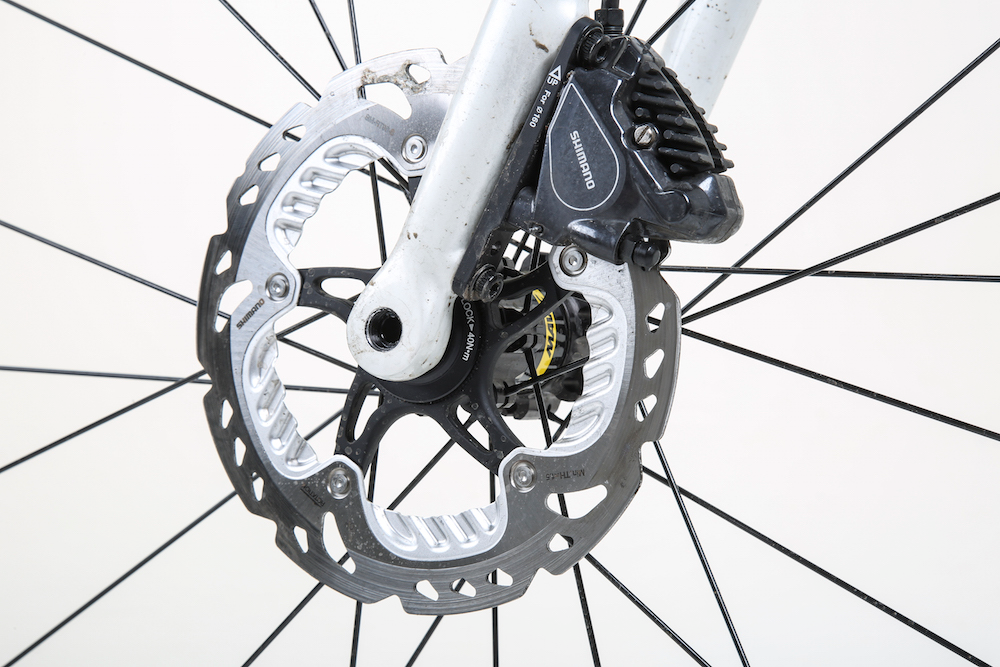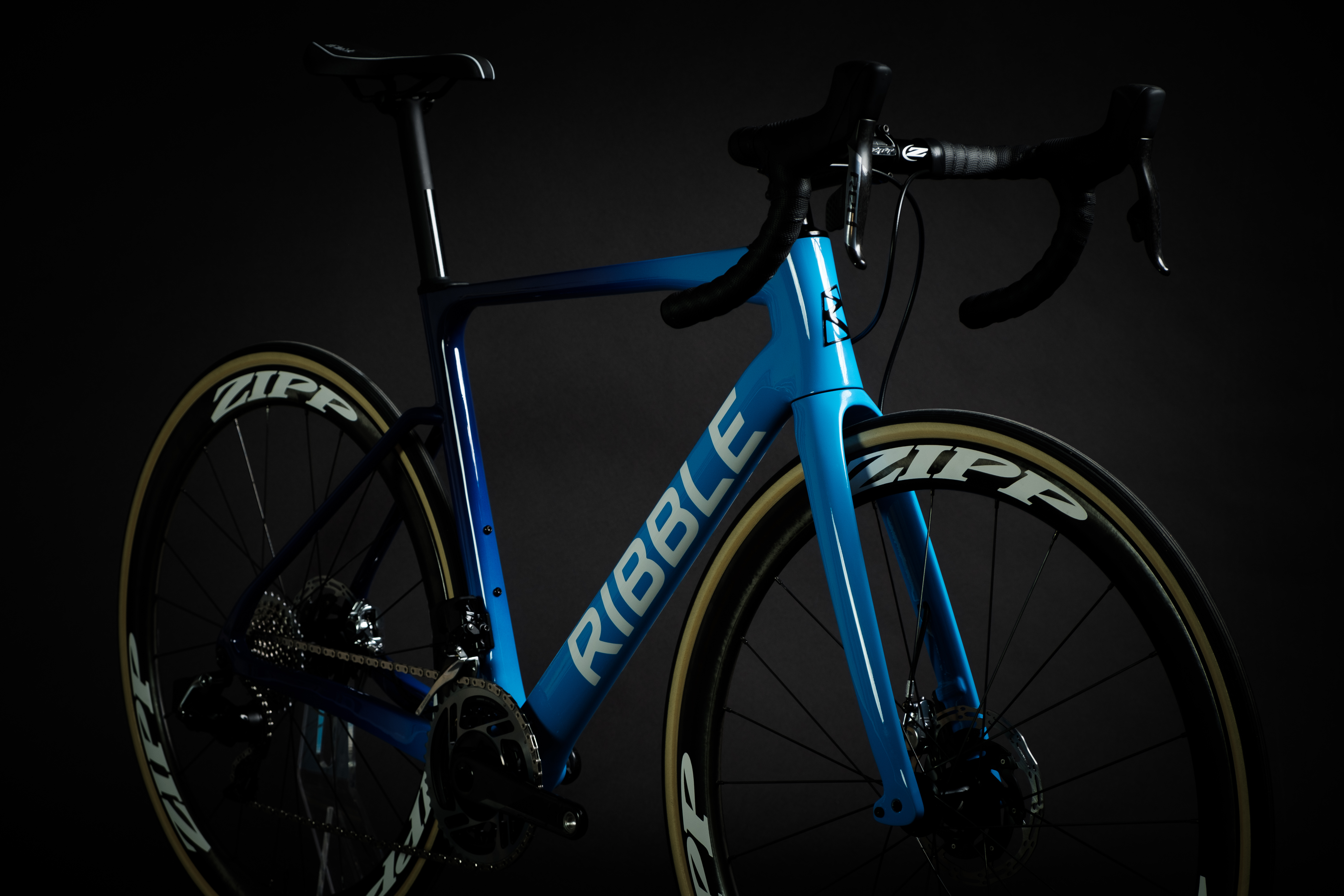TDF Tech
On Saturday the 6th July, for only the 2nd time in history the Grand Depart of the Tour De France takes place in Brussels, Belgium. This 106th edition sees riders tackle nearly 3500kms as it snakes its way mainly through eastern France. The route then turns South West headed for the Pyrenees before heading East to the Alps and then finally jetting off to Paris for sprint finish on the Champs Elysee. It is also noticeable this year for being the 100th anniversary of the advent of the Maillot Jaune (the Yellow Jersey).

Starting in Brussels the route for 2019 travels from East to South West, South West to South East and then jets to Paris for the finish.
During the frequent lulls in the action we can expect some lovely close ups of the team bikes and hopefully some explanation about the kit they are using. Because, very much like Formula One motor racing the pro peloton is a fantastic test bed for any new technology and innovations in the cycling industry.
Most if not all of the equipment we see and aspire to own on today's bikes have been directly tested by the Pro teams. Or, the tech will have been tested, approved and then 'trickled down' to become more accessible to a greater number of cyclists.
An obvious example of this would be with Shimano chainsets. Going back as recently as 5 years or less, all of the chainsets had a 5 arm spider. Then suddenly the Dura Ace series appeared with a new 4 arm design and now this has become the standard for every series in their range.

On the left is the traditional 5 arm design and on the right the new 4 arm version of the same Shimano 105 series .
12 Speed Groupsets
Campagnolo announced a 12 speed version of their top-tier Super Record series in 2018 which is now available to buy. It was however with the announcement of the release of Sram's ground breaking, fully wireless Red AXS 12 spd groupset that the cycling industry really sat up and took notice.
All of the teams that are equipped with Campagnolo and Srams will ride the tour on bikes equipped with 12 speed. Shimano on the other hand only currently offer 12 speed on their XTR, MTB series. Will we see Dura Ace appear in a 12 speed offering? It's hard to see this not being the case because the 12th sprocket helps smooth the gear transition between certain gears on wide range cassettes.

The Sram Red eTap AXS is unique for being the only fully wireless 12 speed electronic system on the market.
Disc brakes
OK, so disc brakes aren't exactly new but love them or hate them they are here to stay on road bikes. Despite initial fears that the disc rotors could cause serious injury in the instance of a crash this appears to have been largely unfounded. In fact five of the world tour teams decided that they will ride exclusively on bikes equipped with disc brakes for thew entirety of the 2019 season.
You can therefore expect riders from Bora-Hansgrohe, Deceuninck-Quick Step, Dimension Data, Katusha Alpecin and Trek Segafredo to have disc brakes on their bikes during the tour.

Disc brakes are fast becoming the popular choice for roads bikes, they come into their own when descending or riding in the wet.
Aero

Aero is king in the Pro ranks and every last effort is made to make ensure that the aero efficiency of each bike is better than the competition. Today's race bikes feature truncated aerofoil tube profiles. These offer excellent aero efficiency whilst remaining ultra lightweight. You can expect to see this reasonably new breed of bike being used by the pros in all the world tour events. Aero bikes that that are skirting the edge of UCI legality in terms of weight.
A prime example of these aero savings is our very own Endurance SL R series frameset. This series of framesets features the very same truncated aerofoil tube profiles that you will see in the pro peloton. The design of the frame alone offers an advantage of up to 28.5% over older designs of frames with standard tubing profiles.
Added to this advantage are the integrated bars and stem combination that we offer on our new bikes. These offer a massive 40% saving over a traditional bar and stem combination. This is achieved through a mix of the flat shape of the bars and also the routing of the cables. Each cable runs internally through the bar/stem so they remain completely hidden and thereby are not affecting aerodynamics.

The cables run through the bars and then through the head of the frame for fully hidden cables, being completely hidden this provides less drag for more speed.
Where the aerodynamics are a huge factor is on Time Trial bikes. This machines sole purpose is to be as aerodynamically efficient as possible. This is why bike manufacturer's invest so much time and money to ensure that their bike is faster than the competition. Comprehensive R&D in wind tunnels and in real world racing conditions is performed to ensure that every last watt possible is saved.
https://www.youtube.com/watch?v=QvDdhlBKIZk
Unlike a road racing bike, a TT machine will instead have large section tubes. Rather than the truncated aerofoil of a road bike a TT bike will instead utilise a full aerofoil tube profile. This Aerofoil profile offers the most advantage in terms of drag reduction. There is however a penalty for these aerodynamic savings, namely weight. These large section aerofoil tubes also happen to be heavier, but this is less of a factor with TT bikes.
A pure TT bike is all about the aero, it must carve through the air like the proverbial knife through butter. So what it loses in additional weight it more than makes up for in the bikes ability to reduce drag and in doing so maintain better momentum. In a straight line over flat terrain no road bike will come close to matching the speed of a TT bike.

This image is part of our R&D that was performed over a lengthy period of time that resulted in the race winning Ultra TT that Ribble Pro Cycling team won the National TTT upon.
If you would like to know more about how the truncated tubing profile affects aerodynamics please take a look at our Carbon Frame Tech Explained blog.